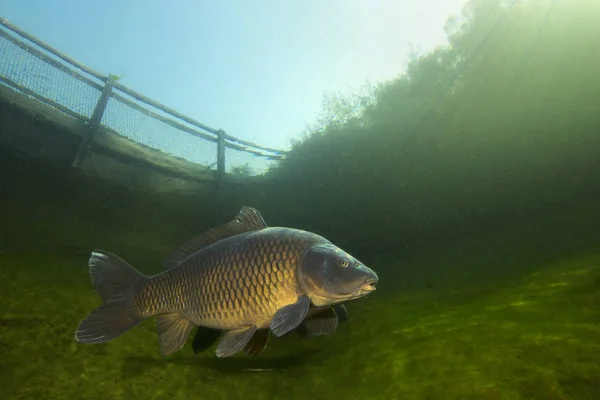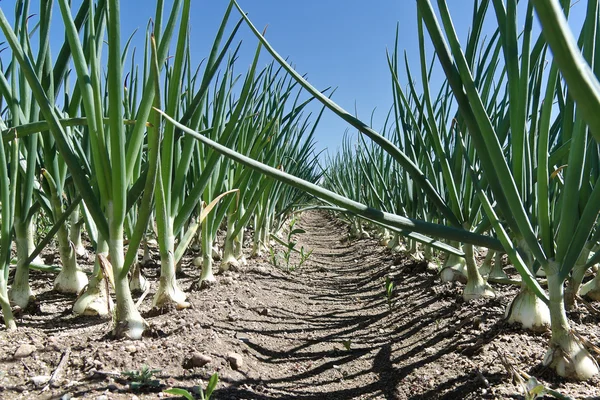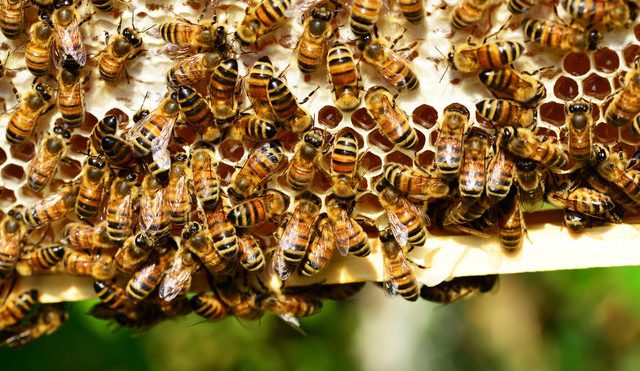Are you interested in making a fortune through fish farming in Kenya?
Kenya has a demand of 500,000 tonnes of fish each year with a current supply of 150,000 tonnes. Fish farming in Kenya can make you an unbelievable amount of money as you meet this demand, and improve the region’s food security.
In this comprehensive guide, we will explore various methods of fish farming in Kenya, You will get insights and the advantages and disadvantages of each. Besides, you will get factors to consider to select the best method that is best for you to maximize your profits. The methods covered in this post are;
In the following sections, we will delve deeper into each of these methods. By understanding the pros and cons of each method, you’ll be able to make an informed decision about which method is right for you.
Pond Fish Farming
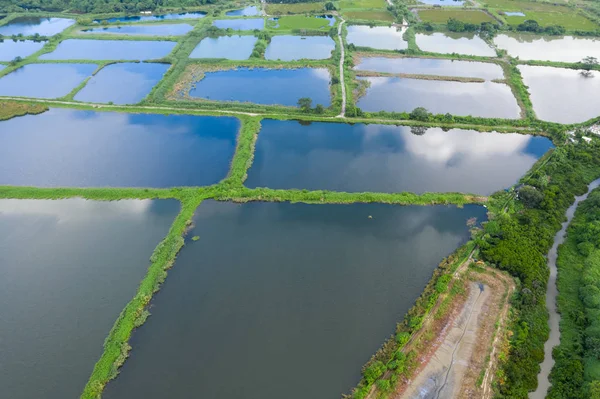
Pond farming involves constructing ponds and raising fish in them. This method is the most traditional and cost-effective method of fish farming. This method involves digging or constructing ponds and raising fish in them. Ponds can be constructed using locally available materials such as soil, clay, and rocks. Once the ponds are constructed, fish are stocked in them and fed until they reach maturity. Pond farming is ideal for those who are starting out in the fish farming business and have limited capital. Pond farming is an ideal method for those who have access to a reliable source of water and a large tract of land.
Advantages of pond fish farming:
- Low investment cost: Pond farming is the most cost-effective method of fish farming as it requires only local materials such as soil, clay, and rocks.
- Low operating cost: Once the ponds are constructed, the operating cost of pond farming is low, as fish can be fed with locally available feeds such as maize bran and fishmeal.
- High yield: Ponds can support a large number of fish, and with proper management, high yields can be achieved.
- Ability to integrate with agriculture: Ponds can be used for irrigation or as a source of water for crops, making pond farming an ideal method for those who want to integrate fish farming with agriculture.
Disadvantages of pond fish farming:
- Dependent on weather conditions: Ponds are vulnerable to fluctuations in weather conditions such as drought, flooding, and extreme temperatures, which can affect the growth and survival of fish.
- Limited stocking density: The stocking density of fish in ponds is limited, and overstocking can lead to poor water quality and increased mortality rates.
- Vulnerable to predators: Ponds can be vulnerable to predators such as birds, snakes, and other aquatic animals, which can cause significant losses.
- Limited water exchange: Ponds have limited water exchange, which can lead to the buildup of waste products and the depletion of oxygen, leading to poor water quality and increased mortality rates.
In conclusion, pond farming is a low-cost and effective method of fish farming in Kenya. However, it is important to carefully manage ponds to ensure high yields and prevent losses due to weather conditions, predators, and poor water quality.
Cage Fish Farming
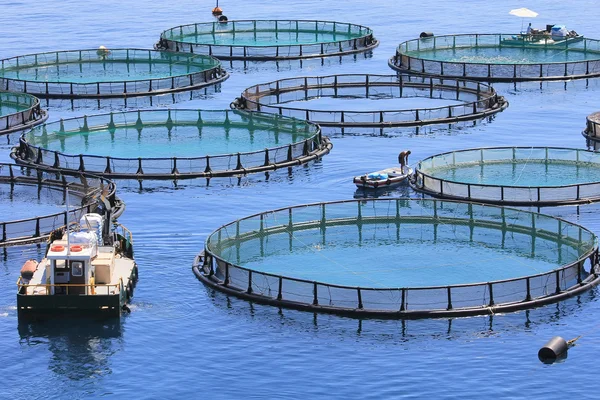
Cage farming involves constructing cages in water bodies such as lakes or dams and raising fish in them. This method is ideal for those who don’t have access to large tracts of land or don’t want to dig ponds. Cages can be constructed using materials such as wire mesh, and are anchored in the water body. Fish are stocked in the cages and fed until they reach maturity. Cage farming is ideal for those who have a reliable source of water and are willing to invest in the construction of the cages.
Advantages of fish farming in cages:
- High stocking density: Cages can support a higher stocking density of fish than ponds, leading to higher yields.
- Reduced predation: Fish in cages are protected from predators such as birds and other aquatic animals, reducing losses.
- Improved water quality: Cages allow for better water exchange, which can improve water quality and fish growth.
- Reduced vulnerability to weather conditions: Cages are less vulnerable to weather conditions such as drought, flooding, and extreme temperatures, which can affect the growth and survival of fish.
Disadvantages of fish farming in cages:
- High capital cost: Cage farming requires a significant capital investment for the construction and maintenance of the cages.
- High operating cost: The operating cost of cage farming is higher than that of pond farming, as fish require a specialized feed, and cages require regular maintenance.
- Vulnerability to theft and vandalism: Cages can be vulnerable to theft and vandalism, leading to significant losses.
- Dependent on water quality: Cage farming is dependent on water quality, and poor water quality can lead to increased mortality rates.
In conclusion, cage farming is a high-yield method of fish farming that is less vulnerable to weather conditions and predation. However, it requires a significant capital investment and is dependent on water quality. It is important to carefully manage cages to ensure high yields and prevent losses due to theft, vandalism, and poor water quality.
Tank Fish Farming
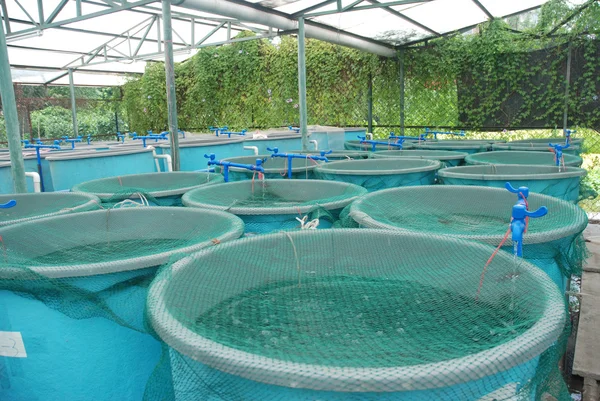
Tank farming involves constructing tanks and raising fish in them. This method is ideal for those who have limited space or live in urban areas. Tanks can be constructed using materials such as cement, fiberglass, or plastic. Fish are stocked in the tanks and fed until they reach maturity. Tank farming is ideal for those who want to produce fish throughout the year and have a reliable source of electricity to power the water filtration and aeration systems.
Recirculating Aquaculture Systems (RAS) is an intensive fish farming method that recirculates water in a closed system. This method is ideal for those who want to raise fish in a controlled environment and reduce the impact of fish farming on the environment.
Advantages of tank fish farming:
- High yield: RAS allows for a high stocking density of fish, leading to higher yields.
- Reduced water usage: RAS recirculates water in a closed system, reducing water usage and wastage.
- Reduced environmental impact: RAS reduces the impact of fish farming on the environment by reducing water usage and waste discharge.
- Better disease management: RAS allows for better disease management, as fish can be raised in a controlled environment with minimal exposure to pathogens.
Disadvantages of tank fish farming:
- High capital cost: RAS requires a significant capital investment for the construction and maintenance of the system.
- High operating cost: The operating cost of RAS is higher than that of other methods of fish farming, as the system requires electricity to operate and specialized feeds for the fish.
- Technical expertise required: RAS requires technical expertise to operate and maintain the system, making it less accessible for small-scale farmers.
- Vulnerability to power outages: RAS is dependent on a constant supply of electricity, and power outages can lead to significant losses.
In conclusion, RAS is a high-yield method of fish farming that reduces the impact of fish farming on the environment. However, it requires a significant capital investment and technical expertise to operate and maintain the system. It is important to carefully manage RAS to ensure high yields and prevent losses due to power outages and technical failures.
Modern Fish Farming Methods
In addition to the above methods, several other methods of fish farming are practiced in Kenya. These include:
- Integrated Aquaculture-Agriculture (IAA): IAA involves the integration of fish farming with other agricultural activities such as vegetable farming, poultry farming, and livestock rearing.
- Homestead Fish Farming: Homestead fish farming involves raising fish in small ponds or tanks in the backyard of homes. This method is ideal for small-scale farmers who want to supplement their income and provide food for their families.
- Earthen Ponds: Earthen ponds are similar to concrete ponds but are made of natural materials such as soil and clay. This method is ideal for those who have access to land but don’t want to invest in concrete ponds.
- Mobile Ponds: Mobile ponds are portable ponds that can be moved from one location to another. This method is ideal for those who have limited access to land or want to raise fish in areas where water is scarce.
Integrated Aquaculture-Agriculture (IAA)
IAA fish farming methods allow you to diversify your income streams and reduce waste by using fish waste as fertilizer for crops. Livestock waste can
- Aquaponics: Aquaponics is a system that combines fish farming with hydroponic vegetable farming. The waste produced by the fish is used as a nutrient source for the plants, which in turn help to filter the water for the fish. This method is popular for its high yields and efficient use of resources.
- poultry-Fish Farming: This method involves integrating fish farming with poultry farming. Chicken manure is used to fertilize fish ponds, which helps to promote algae growth and provides a source of food for the fish. The fish waste is then used to fertilize the crops in the surrounding fields.
- Pig-Fish Farming: Pig-fish farming involves raising pigs and fish together. The pig waste is used to fertilize the fish ponds, which in turn provides a source of food for the fish. The fish waste is then used to fertilize the crops in the surrounding fields.
- Rice-Fish Farming: Rice-fish farming is a traditional method that involves raising fish in rice paddies. The fish help to control pests and weeds in the rice fields, and the rice paddies provide a source of food for the fish.
- Cattle-Fish Farming: This method involves raising cattle and fish together. The cattle waste is used to fertilize the fish ponds, which provides a source of food for the fish. The fish waste is then used to fertilize the surrounding fields.
Generally, these methods require lesser money to set up and are more accessible to small-scale farmers. In addition, they have lower operating costs, but may have lower yields compared to more intensive methods such as tank and cage fish farming.
Which is the Best Fish farming Method in Kenya?
When selecting the best fishing method, farmers should consider the available resources, market demand, location and climate, environmental impact, technical expertise, and government regulations. By carefully considering these factors, farmers can select the most suitable fishing method for their specific situation, which will maximize yields and profits while minimizing environmental impact.
- Available Resources: The resources available to the farmer, including capital, land, water supply, and technical expertise, will determine the most suitable method of fish farming.
- Market Demand: Farmers should consider the market demand for the type of fish they intend to farm. Some species of fish may have a higher demand and fetch a better price in the market, which can make them more profitable to farm.
- Location and Climate: The location and climate of the farm will influence the choice of fishing method. Factors such as temperature, rainfall, and soil type will affect the growth and survival of fish and may make certain methods more suitable.
- Environmental Impact: Farmers should consider the environmental impact of their fishing method. Intensive methods such as cage farming and RAS can have a higher impact on the environment, while more extensive methods such as earthen ponds may have a lower impact.
- Technical Expertise: Some fishing methods, such as RAS, require specialized technical expertise to operate and maintain the system. Farmers should consider their level of technical expertise and whether they have the resources to hire the necessary technical support.
- Government Regulations: The government may have regulations that restrict or favor certain fishing methods. Farmers should be aware of these regulations and ensure they comply with them.
Conclusion
Fish farming is an important sector in Kenya’s economy. It provides a sustainable source of income and nutrition for millions of people. There are various methods of fish farming that farmers can choose from, depending on their resources, market demand, location, and technical expertise. Earthen ponds, cage farming, and tank farming are the most commonly used methods in Kenya. Each has its own advantages and disadvantages. In recent years, there is a growing interest in IAA systems such as aquaponics. It is important for farmers to carefully consider the factors involved in selecting the best method for their farm, including available resources, market demand, location and climate, environmental impact, technical expertise, and government regulations
